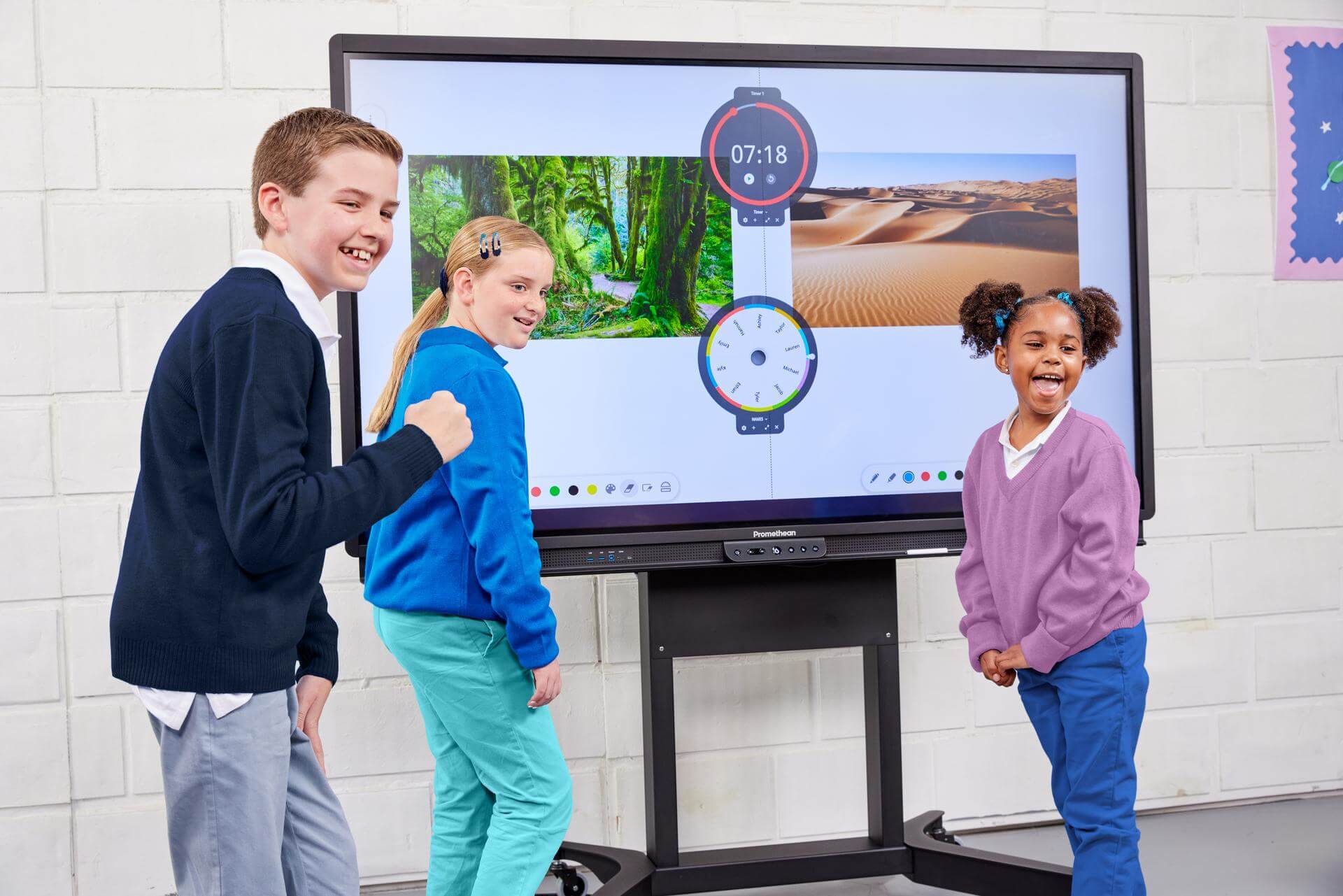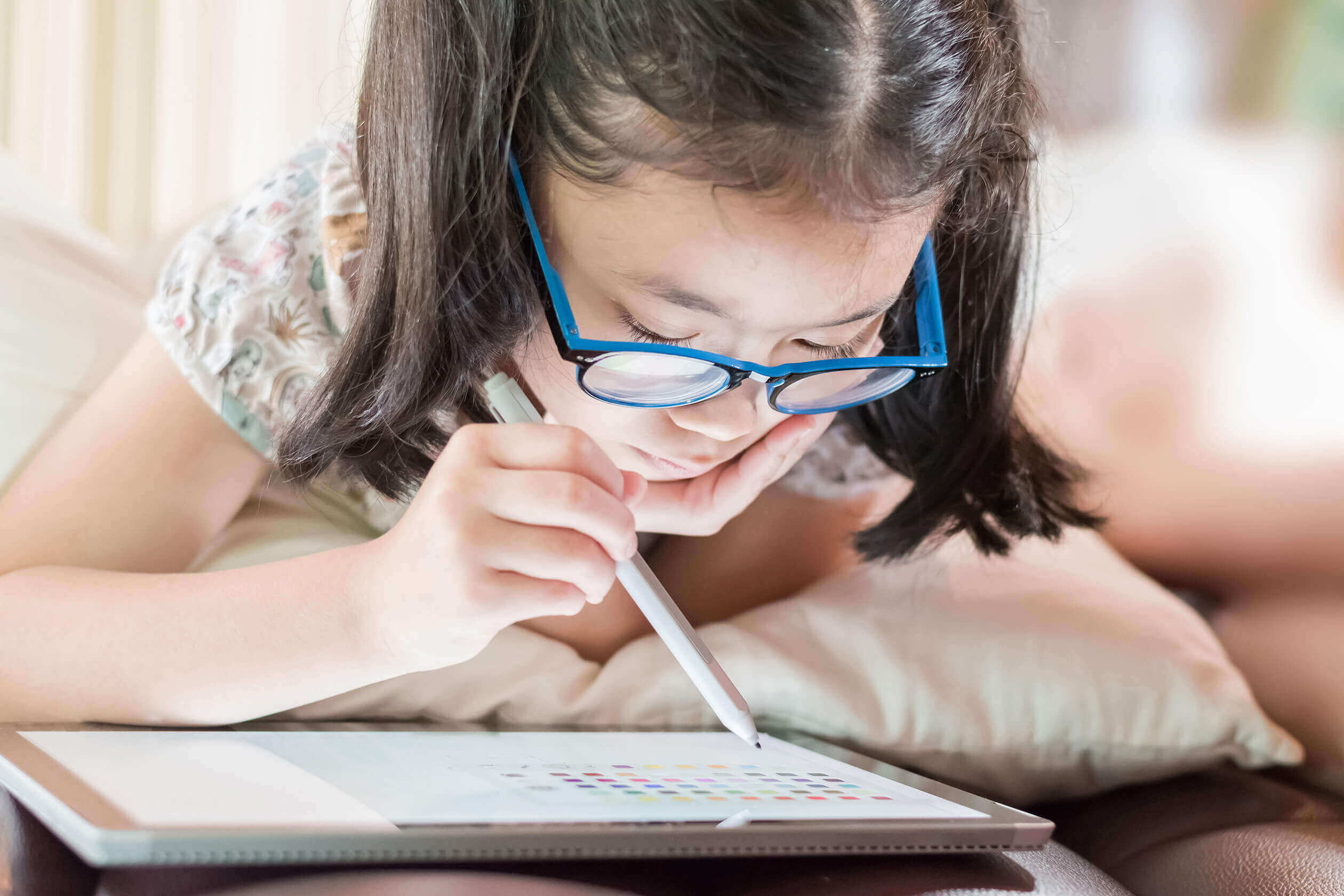Virtual Learning Environments (VLEs) are shaping the way we deliver education in the 21st Century. Adoption of VLEs has been steadily rising for decades, but only in the last few years since the onset of the COVID-19 pandemic have they become a necessity for continuing education.
But are VLEs the future of education? Let’s take a look at some of the positives of moving learning online, and some of the drawbacks of the modern virtual learning space.
What is a virtual learning environment?
A relatively broad term, Virtual Learning Environments are online platforms used for education. This can mean a variety of things from a shared online word document amongst a group of students working on a project, to a remote teacher-led lesson using video-conferencing tools.
A more comprehensive VLE will be a platform that incorporates a number of online mixed-media files, and communication and sharing options to give students digitised learning resources and assessments that supplement their education.
What are the benefits of virtual learning environments?
Virtual Learning Environments centralise learning spaces to make accessing resources, grades, assessments, and information more convenient for staff and students. In this same vein it streamlines administrative tasks for school staff by providing an environment for digital enrolment, grading and more.
VLEs allow continuity of learning from the classroom to home, in the case of hybrid and remote learning models. They also have the potential to bridge the gap in education, as students of different backgrounds can have greater access to a wide range of learning resources, unconstrained by distance or cost.
What are their limitations?
A successful Virtual Learning Environment must be underpinned by sufficient training of teachers and staff who use them, which is not always the case when transitions to virtual spaces are made quickly.
One of the key issues of the rapid shift to virtual learning environments following COVID-19, is a skills divide that prevents the technology from being used to its full potential. In a recent review of a university’s adoption of VLE during COVID-19, 67.6% of students felt that teachers did not appropriately revise the syllabus to adapt it to the virtual environment.
Ensuring teachers are fully equipped with the knowledge they need to utilise virtual learning spaces will empower them to then guide students on how best to interact with these education systems.
The ActivPanel connects the physical classroom to the virtual learning space, allowing for familiar teaching/presenting styles with the added potential of the internet at your fingertips.
Students can learn how to best interact with their virtual learning space by interacting with the ActivPanel under classroom supervision, then take these skills with them as they use their personal devices for private study or home learning
If you want more inspirational lesson ideas or training resources, why not check out Learn Promethean? Our free professional development hub is a convenient way to make the most out of your edtech. Sign up to Learn Promethean today.




